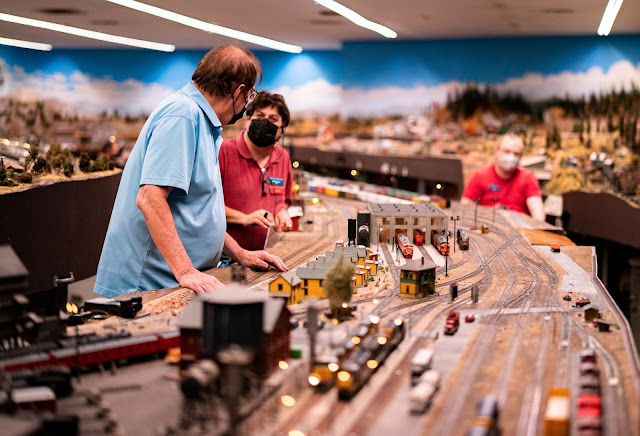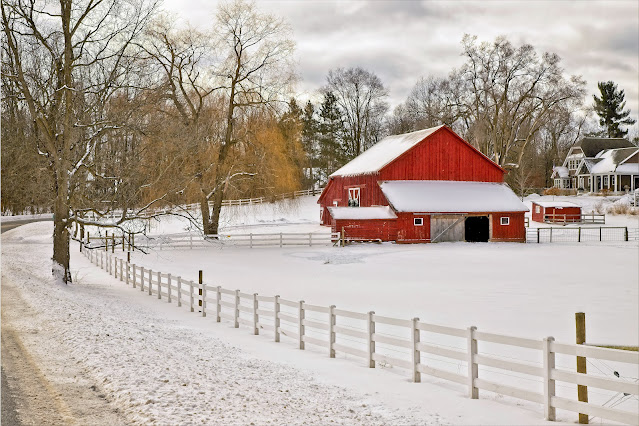How to Make the Lifestyle Choice That's Good for Everyone
Minimalism isn't new. People have been choosing what's valuable and removing what isn't for years.
In 1995, the Merck Family Fund released survey results in which 28% of Americans polled said they had made voluntary changes in their lives that decreased their earnings (not including retirement) during the previous five years. They brought more balance into their lives by reducing work hours, switching to lower-paying jobs, or quitting jobs to stay at home. They wanted to reduce stress, reclaim free time, or spend less time at work and more time with their children.
28% of Americans were choosing to make do with less so they could have more of what they valued in their lives. This grassroots movement came to be called voluntary simplicity, and it was a significant subculture that embraced slower living, lower consumption, and environmental ideals.
I was one of those people. I wanted to homeschool my two kids, and my husband and I wanted to live on one salary so I could do it.
Overcoming the lie
Many of us grew up believing that the way to be happy was to accumulate all the material goodies of life. That was the way to attain more leisure, more freedom, and more options. Ride the highways in your new car. Be the envied hostess with your new house and all the furnishings. Express your individuality with your new wardrobe. Education, travel, technology – it was all going to make life so wonderful.
And then we learned the truth. Working to earn all the money to buy all of the toys made us slaves to our jobs, and put us on a treadmill of work and spend, work and spend. There was always something newer or bigger to acquire. Eventually, some of us realized that owning 40 shirts, 20 pairs of shoes, and all-new appliances didn't make life better.
In 1994, I subscribed to a quarterly newsletter called Simple Living: The Journal of Voluntary Simplicity, edited by a Seattle-based woman named Janet Luhrs. Something she said resonated with me:
Voluntary simplicity isn't lying around in a hammock all day. It's about living with a passion and a purpose – and giving yourself the freedom to do so. You can't do that if you are too busy paying off all your debts for your big TVs and your big cars, and you're buried in junk at home. You don't have any control that way.
I also read Vicki Robin and Joe Dominguez's 1992 book, Your Money or Your Life* (revised in 2018). Robin said, "We've developed a consumer system... that would have us all maximize our consumer needs. We've created a society in which people don't even recognize there is an alternative." Her book details the alternative.
* This blog is reader-supported. If you buy through my links, I may earn a small commission.
But the book that kickstarted my journey toward simplicity was displayed on an endcap at the B. Dalton in my local mall in 1994. Simplify Your Life: 100 Ways to Slow Down and Enjoy the Things That Really Matter by Elaine St. James helped me reevaluate nearly every facet of our lives, from clutter, laundry, and grocery shopping, to cars, spending, and debt (which was sucking the life out of us), to our TV, volunteer commitments, and gift-giving. Along with the simple, child-led, little-to-no-textbook educational philosophy of John Holt, it was my go-to guidebook for the next several years.
Minimalism for all
In the '90s, nobody called this minimalism. Minimalism referred to a simplified design aesthetic, or music that used repeated patterns and motifs to create a mesmerizing soundscape. Nobody called it minimalism, but it fits with today's idea of a minimalist lifestyle:
- the intentional consumption of what you need and what adds value to your life, while removing everything else
- simple, repeated routines and choices that free your energies for projects that require more creativity and flexibility
- a few essential elements combined for the most satisfying effect
- the choice to minimize distractions that keep you from doing what matters most to you
- recognizing that time, energy, and resources are finite, and making the most of them
- curating the things you own and do to best reflect your priorities
Minimalism is an effective tool for living an intentional life. If we all woke up from our consumerist dream, and stopped being influenced by the influencers, I think we'd all want this. It just makes sense.
3 first steps
So here I am, 30 years later, writing about minimalism every day. It has become my passion and purpose.
If you're interested in minimalism, here's what you should do first:
1. Remove one thing.
You can read all about it (I recommend my Minimalist Basics series), or watch a thousand YouTube videos, but the best way to learn is by doing. Find one thing you don't need and donate it. A piece of clothing, a serving dish, a camping lantern, a knickknack, a book. Whatever it is, find out what it's like to make a bit of space in your home, and get past the question of "where do I start." Then repeat.
2. Stop adding what you don't need.
Whether that means unsubscribing from Amazon Prime so you don't purchase mindlessly, staying out of the Dollar Store and bypassing yard sales, or even skipping the candy, chips, and alcohol aisles in your grocery store, take steps to stop purchasing things that add clutter to your home. Create some questions and guidelines to help you decide what adds value to your life and what doesn't.
3. Create white space on your calendar.
This could be as simple as putting down your phone or turning off your computer one hour earlier every evening. Or saving TV for certain nights and leaving it alone the rest of the time. Or scheduling a block of "me time" every week. Or resigning from one commitment that no longer interests you. Use any of this space to read a book, work at a hobby, have a conversation, take a hike – or even catch up on sleep.
In art, white space is the area between design elements. White space allows other elements to stand out. It increases focus, enhances flow, and eases communication. It's not wasted space, but improves the form and function of the entire work.
White space on your calendar will do all of that for you too.
Don't wait.
I hope it doesn't take something drastic like a huge pile of debt, a job loss, or bad health news to encourage you to give minimalism a try. It's life-enhancing benefits are good for everyone, all the time, no matter what you call it.






Choosing a lifestyle that benefits everyone is a win-win for us and the planet! Great tips in your blog.
ReplyDelete